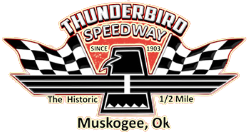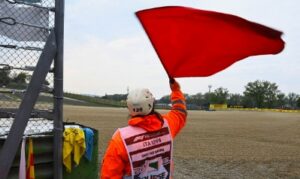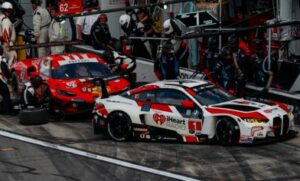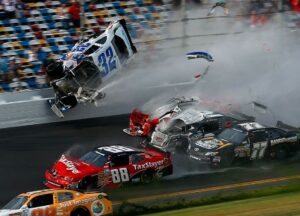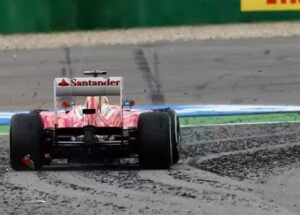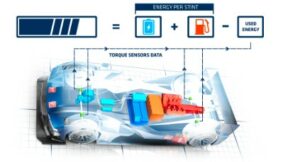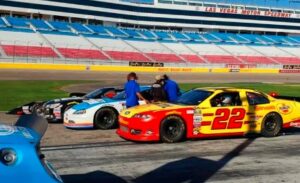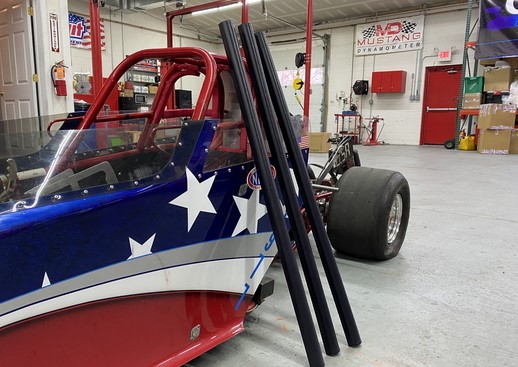
In the thrilling world of motorsports, where speed and precision intertwine, ensuring the safety of drivers is paramount. At the core of this safety framework lies roll cage technology, an intricately designed and engineered structure that acts as a lifeline for drivers. This article delves into the evolution, significance, and specific context of roll cage technology in the context of Thunderbird Speedway.
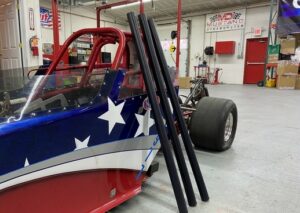
Evolution of Roll Cage Technology
Roll cage technology’s roots can be traced back to the mid-20th century when racing vehicles first incorporated basic structures to protect drivers. Initially, designs featured simple roll bars aimed at preventing the roof from collapsing during a rollover. Over time, advancements in material science played a pivotal role, with a shift from mild steel to high-strength alloys and lightweight materials, significantly enhancing strength and durability.
The integration of tubular designs became a hallmark of modern roll cage technology. The use of seamless, precision-welded tubes allowed for intricate yet robust structures capable of withstanding the forces experienced in high-speed crashes. The advent of computer-aided design (CAD) further revolutionized roll cage engineering, enabling precise modeling and simulation for optimal strength and impact absorption.
Key Components of Roll Cage Technology
- Main Hoop: The main hoop serves as the backbone of the roll cage, extending from the floor behind the driver’s seat to the roof. It provides crucial protection during rollovers and impacts from various angles.
- Diagonal Braces: Diagonal braces enhance structural integrity by connecting the main hoop to other points within the vehicle. These elements contribute to the cage’s ability to distribute and absorb impact energy.
- Harness Bars: Integral for securing the driver during high-G forces, harness bars anchor the racing harness, ensuring optimal restraint and preventing excessive movement in the event of a crash.
- Door Bars: Door bars reinforce the sides of the roll cage, safeguarding the driver from side impacts. The number and design of door bars may vary, with considerations for both safety and ease of driver entry and exit.
- A-Pillar and B-Pillar Supports: A-pillar and B-pillar supports connect the main hoop to the vehicle’s chassis, completing the structural integrity of the roll cage. These supports play a crucial role in maintaining the cage’s stability during rollovers.
Significance of Roll Cage Technology in Motorsports
Beyond providing occupant safety, roll cages contribute to the overall structural rigidity of racing vehicles. A rigid chassis enhances handling and performance by minimizing flex and torsional forces during high-speed maneuvers. Compliance with regulatory standards is essential, with motorsports organizations mandating specific roll cage requirements to ensure fair competition and driver safety.
The impact absorption capabilities of roll cage designs are crucial in minimizing forces transmitted to the driver during crashes. Additionally, roll cages are adept at providing effective rollover protection, a crucial feature in motorsports where dynamic maneuvers pose inherent risks. Thunderbird Speedway, nestled in [Include Location], provides a unique case study for the application of roll cage technology, with its specific track dynamics, local regulations, and the need for adaptations tailored to oval track racing.
Thunderbird Speedway: A Case Study
- Track Dynamics and Challenges: The unique challenges presented by Thunderbird Speedway, including layout, surface conditions, and elevation changes, demand robust roll cage designs. The track’s specific dynamics necessitate careful consideration in the engineering of roll cages to address the challenges faced by drivers.
- Local Regulations and Standards: Motorsports events at Thunderbird Speedway adhere to local regulations and safety standards. Roll cages used in competitions must meet the criteria set by the racing authority to ensure uniform safety across all participating vehicles.
- Adaptations for Oval Track Racing: Oval track racing, a common format at Thunderbird Speedway, requires roll cages that can handle centrifugal forces during high-speed turns. Designs must be optimized for the specific dynamics of oval racing to provide optimal safety for drivers.
- Driver Feedback and Experience: Gathering feedback from drivers at Thunderbird Speedway is integral in refining roll cage designs. Understanding the real-world experiences of drivers on this track helps engineers tailor roll cage technology to the demands of Thunderbird’s unique racing environment.
- Community Embrace of Safety Measures: Thunderbird Speedway actively promotes safety measures, including the use of advanced roll cage technology. The racing community’s embrace of these safety protocols reflects a shared commitment to ensuring the well-being of drivers.
The Future of Roll Cage Technology
Looking ahead, roll cage technology is poised for continued evolution and refinement. Ongoing research into advanced materials, such as carbon fiber composites and hybrid alloys, promises further enhancements in strength and weight characteristics. The integration of smart technologies, like sensors and data analytics, is on the horizon, providing real-time feedback on the structural integrity of roll cages.
Customization for different vehicle types, global standardization efforts, and increased emphasis on education and training initiatives are all part of the future landscape of roll cage technology. As motorsports continue to push the boundaries of speed and performance, roll cage technology stands as a testament to the unwavering dedication of the industry to both innovation and safety.
